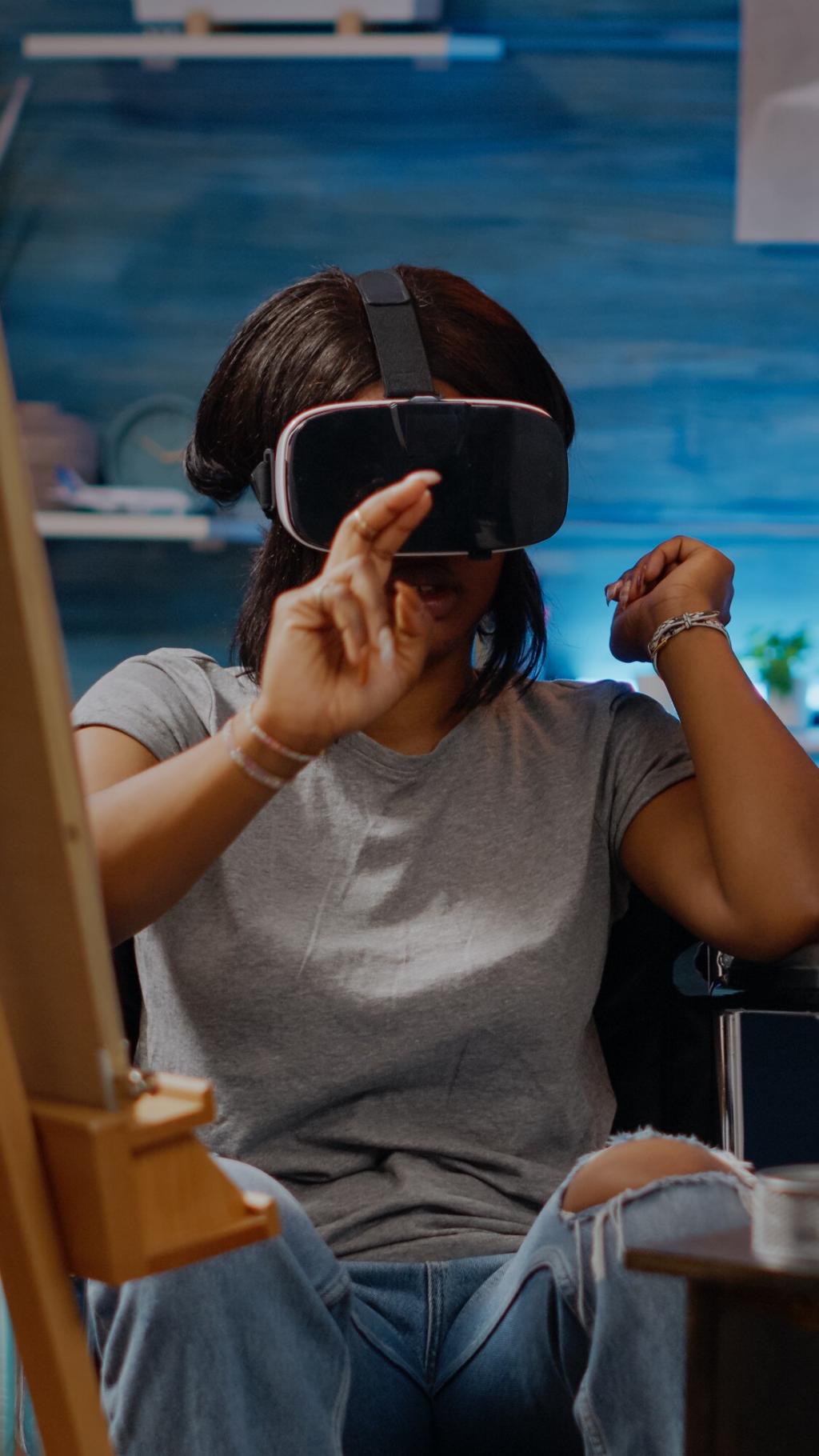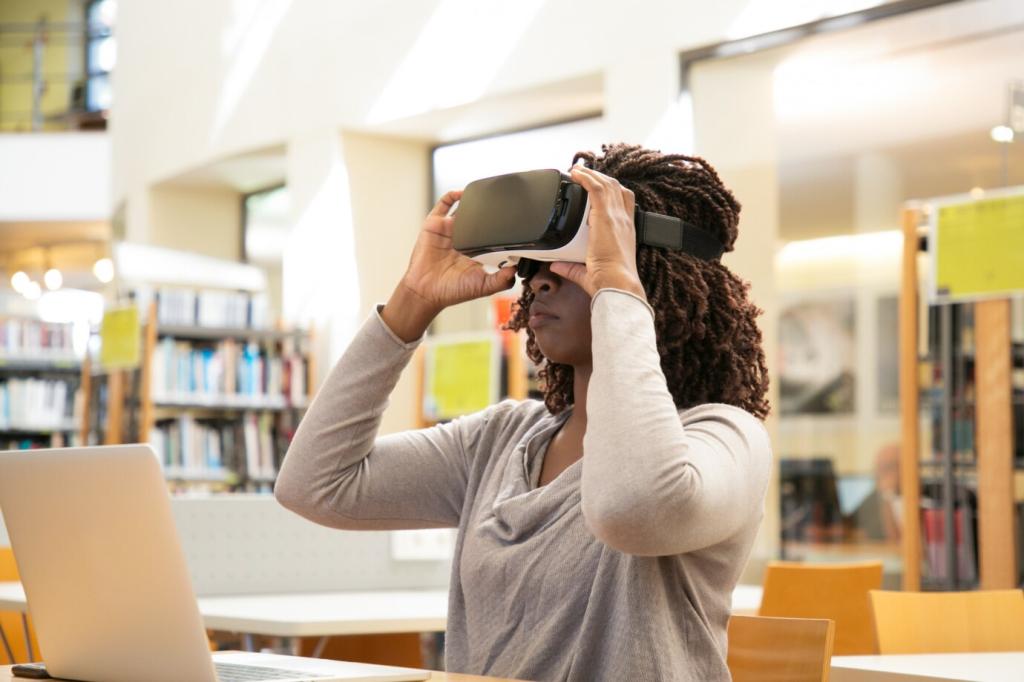Virtual Reality and the Future of Learning: Opportunities and Challenges
Virtual Reality (VR) is transforming the landscape of education by creating immersive and interactive environments that extend far beyond the traditional classroom. As VR technology evolves, the possibilities for engaging students and enhancing learning outcomes have increased significantly. This web page explores how VR offers new opportunities for both learners and educators, while also addressing the challenges faced in integrating this technology into mainstream education.

Previous slide
Next slide

Overcoming Geographic Limitations
One of the most promising features of VR in education is its ability to overcome the barriers posed by geography. Students in rural or isolated communities often face limited access to specialized courses, qualified teachers, and cultural experiences. VR can deliver advanced lessons and expert instruction directly to these learners, breaking down the walls of physical schools. Through virtual field trips, laboratory simulations, and real-time interactions with peers and mentors worldwide, students gain exposure to ideas and experiences that would otherwise be inaccessible. This level of connectivity not only enriches curricula but also fosters a broader understanding of cultures and societies, preparing students for a more globalized future.
Enhancing Equity in Education
Equity in education remains a challenge in many parts of the world, often dictated by socioeconomic status and resource availability. VR provides a promising solution by offering high-quality learning materials to students who might not have access to traditional resources like textbooks or laboratory equipment. With a VR headset and internet connection, learners can explore advanced science experiments, visit world-class museums, or study in unique environments not available in their locality. This technology thus levels the playing field, giving every student a fair chance to succeed regardless of background. By making quality education accessible and engaging, VR can help break cycles of inequality and empower communities through knowledge.
Lifelong Learning and Professional Development
Education does not stop at the classroom door, and VR is revolutionizing how adults and professionals continue their learning journeys. From technical upskilling to soft skills training, virtual environments allow individuals to practice in realistic, risk-free settings. Employees can rehearse customer interactions, doctors can hone surgical techniques, and engineers can troubleshoot complex machinery without the high costs or dangers associated with real-life practice. This flexible and adaptive approach to professional development ensures that learning remains relevant throughout one’s career. The result is a more competent, confident workforce ready to meet the evolving challenges of the modern world.
Previous
Next
Technological and Pedagogical Challenges
Widespread adoption of VR in education is hampered by disparities in technological infrastructure. Many schools, especially in low-income regions, struggle with limited funding for hardware such as VR headsets and computers with sufficient processing power. In addition, stable internet connectivity and digital maintenance present ongoing operational challenges. Although the price of VR technology is gradually decreasing, equitable access remains a critical concern. Solutions such as government investment, public-private partnerships, and open-source platforms are crucial for overcoming these barriers. Without deliberate efforts to address infrastructure gaps, the digital divide could widen, leaving some students further behind despite the promises of new technology.
